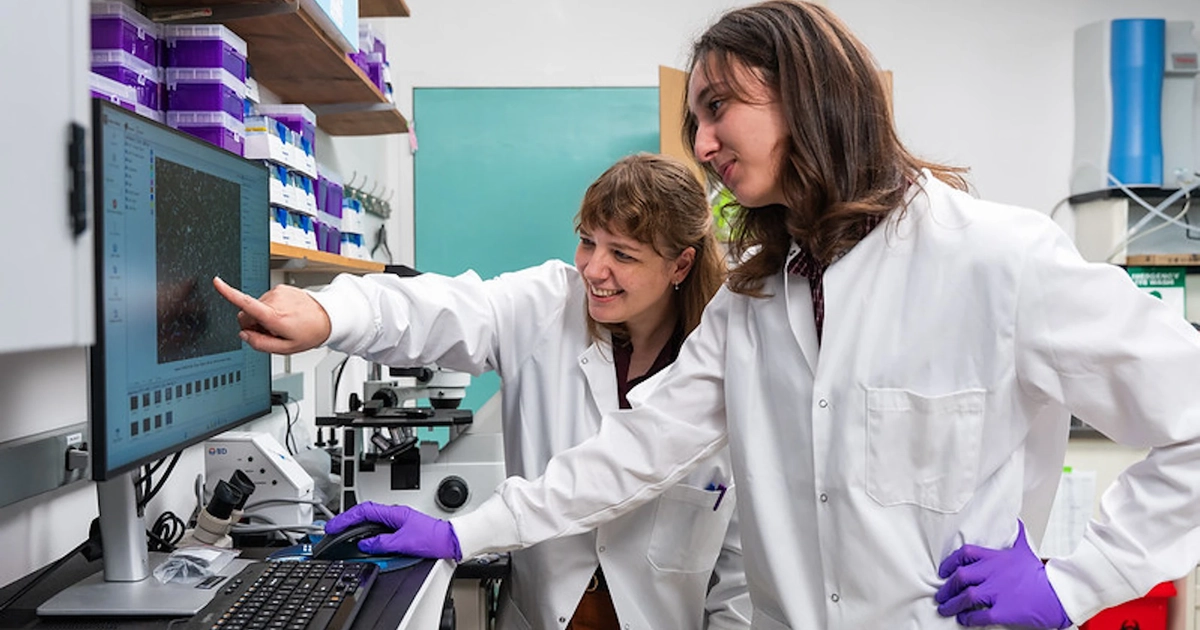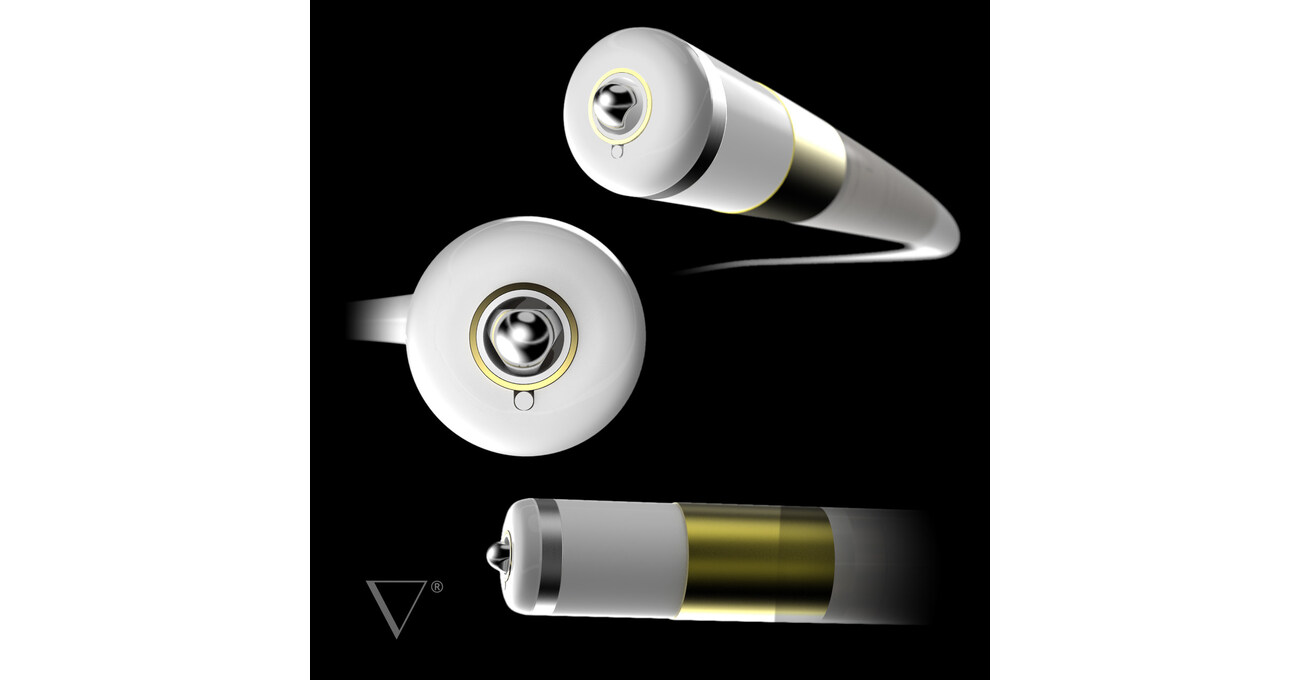NPR’s Mia Venkat explains to Scott Detrow what the internet couldn’t stop talking about this week.
SCOTT DETROW, HOST:
Some weeks, there is a main character, someone or something the internet…

NPR’s Mia Venkat explains to Scott Detrow what the internet couldn’t stop talking about this week.
SCOTT DETROW, HOST:
Some weeks, there is a main character, someone or something the internet…

SCOTT DETROW, HOST:
Some weeks, there is a main character, someone or something the internet cannot stop talking about. Our producer Mia Venkat is here to break down who that was this week. Hey, Mia.
MIA VENKAT, BYLINE:…

Michelle Weaver: Welcome to Thoughts on the Market. I’m Michelle Weaver, Morgan Stanley’s U.S. Thematic and Equity Strategist.
Today, a powerful force reshaping the financial lives of millions of Americans: inheritance.
It’s Friday, October 10th at 10am in New York.
Americans are living longer and they’re passing on their wealth later. Longevity is one of Morgan Stanley Research’s four key themes, and this is an interesting element of longevity. As baby boomers age, they’re expected to transfer their wealth to Gen X, millennials and Gen Z to the tune of tens or even hundreds of trillions of U.S. dollars.
Estimates vary widely, but the amounts are unprecedented. And so, inheritance isn’t just a family milestone. It’s becoming an important cornerstone of financial planning and longevity. And understanding who’s receiving, expecting, and using their inheritances is key to forecasting how Americans save, spend, and invest.
According to our latest, AlphaWise survey, 17 percent of U.S. consumers have received an inheritance, and another 14 percent expect to receive one in the future. Younger Americans are especially optimistic. Their expectations split evenly between those anticipating an inheritance within the next 10 years and those expecting it further out.
But here’s the kicker; income plays a huge role. Only 17 percent of lower income consumers report receiving or expecting an inheritance, but that number jumps to 43 percent among higher income households highlighting a clear wealth divide.
What about the size of the inheritance? In our survey, those who received or expect to receive an inheritance fall broadly into three categories. About half reported amounts under $100,000 dollars. For about a third, that amount rose to under $500,000. And then meanwhile, 10 per cent reported an inheritance of half a million dollars or more.
Younger consumers tend to report smaller amounts, while inheritance size rises with income. One important thing to remember about our survey though, is it looks more at the average person. We are missing some of those very high net worth demographics in there where I would expect inheritance to rise much higher than half a million.
And so, when we think about this, how will recipients use this wealth? That’s a really important question. The majority, about 60 percent, say they have or will put their inheritance towards savings, retirement, or investments. About a third say they’ll use it for housing or paying down debt. Day-to-day consumption, travel, education and even starting a business or giving to charity also featured in the survey responses – but to a lesser extent.
The financial impact of inheritance is significant: 46 percent of recipients say it makes them feel more financially secure; 40 percent cite improvements in savings and; 22 percent associate it with increased spending. Some even report retiring earlier or lightening their workloads.
Inheritance trends are shaping consumer behavior and have the power to influence spending patterns across industries. To sum it up, inheritance isn’t just a family matter, it’s a market mover.
Thanks for listening. If you enjoy the show, please leave us a review wherever you listen, and share Thoughts on the Market with a friend or colleague today.

Michigan State University scientists have pinpointed the molecular “switch” that supercharges sperm for their final sprint to an egg — a breakthrough that could reshape infertility treatments and pave the way for safe, nonhormonal male…
You don’t have permission to access “http://www.spglobal.com/market-intelligence/en/news-insights/research/2025/10/visible-alpha-breakdown-of-us-banks-third-quarter-earnings-expectations” on this server.
Reference #18.daa0d517.1760144947.1fdf874c
https://errors.edgesuite.net/18.daa0d517.1760144947.1fdf874c

Note: This is the second of a five-part series looking back at the five best races of the 2025 NTT INDYCAR SERIES season – in chronological order – as judged by INDYCAR.com staff writers Curt Cavin, Eric Smith and Paul Kelly,…


Knife Edge: Chasing Michelin Stars got my attention with its premise, which is neither cooking competition nor Chef’s Table clone. Instead, the Apple TV+ series follows chefs and restaurants in their quest to receive a Michelin star, the…

Findings presented at the International VT Symposium and published simultaneously in Circulation.
CARDIFF-BY-THE-SEA, Calif. and PHILADELPHIA, Oct. 10, 2025 /PRNewswire/ — Field Medical, Inc. today announced that Circulation has published six-month outcomes from the Ventricular Catheter Ablation Study (VCAS), the first-in-human evaluation of its FieldForce™ Ablation System for ventricular tachycardia (VT). Results were also presented as a late-breaking trial at the 20th Annual International Symposium on Ventricular Arrhythmias (VT Symposium).
The FieldForce™ Ablation System by Field Medical: This next-generation PFA system is designed for transmural lesion creation, offering a novel approach to VT ablation.
Results at Six Months
VCAS is a prospective, multicenter feasibility trial evaluating the safety and performance of the FieldForce Ablation System in patients with VT. Unlike conventional approaches, the system delivers a proprietary high-voltage, short-pulse waveform designed to penetrate dense scar tissue while minimizing thermal injury.
Key Findings:
“While this remains an initial feasibility study, the six-month outcomes are highly encouraging. Achieving 82% freedom from recurrence and a 98% reduction in arrhythmia burden with a nonthermal, tissue-selective energy is a meaningful result in VT therapy. Importantly, this is the first time we’ve seen evidence that PFA can reach deep, transmural scar tissue in the ventricle, a long-standing challenge with existing energy sources,” said Vivek Reddy, M.D., co-principal investigator, lead author, and electrophysiologist at Mount Sinai, New York. “These findings give me cautious optimism that with continued refinement, this approach could represent an important advance in the treatment of scar-related VT.”
With U.S. Food and Drug Administration’s (FDA) Breakthrough Device designation and acceptance into the FDA Total Product Life Cycle (TAP) Pilot Program, Field Medical is advancing this program toward a pivotal trial and a rigorous evaluation of high-voltage focal PFA in VT.
“It is rare for initial feasibility data to be published in Circulation, and this underscores both the rigor and the significance of the work,” said Steven Mickelsen, M.D., founder and chief technology officer of Field Medical. “Our mission has always been to unite scientific credibility with innovation. These findings mark an important milestone as we continue to evaluate pulsed field ablation for its potential to improve outcomes for patients with ventricular arrhythmias.”
Looking ahead, the company is evaluating additional applications of its FieldForce Ablation System beyond VT and expects to present initial feasibility findings in atrial fibrillation (AF) at a major scientific meeting in early 2026.
About FieldForce™ Ablation System
The FieldForce Ablation System features a single-point contact force PFA catheter with an innovative design utilizing proprietary FieldBending™ technology to deliver targeted, brief, high-intensity electric fields. This next-generation PFA technology was designed to deliver both precise targeted lesions and large volume transmural lesions in the ventricle.
About Field Medical®, Inc.
Founded in 2022, Field Medical is a clinical-stage medical technology company committed to advancing pulsed field ablation (PFA) solutions for complex cardiac arrhythmias. Its FieldForce Ablation System integrates a focal catheter design with proprietary FieldBending energy designed to safely deliver efficient, precise ablation with the goal of improving outcomes in ventricular and atrial arrhythmia treatment. In 2024, Field Medical earned Breakthrough Device Designation and gained entry into the FDA TAP Pilot Program for its ventricular tachycardia indication.
For more information, visit www.fieldmedicalinc.com and follow us on LinkedInX, and YouTube.
The FieldForce™ Ablation System is an investigational device and is limited by federal (or United States) law to investigational use.
Source:
Reddy VY, et al. High-Voltage Focal Pulsed Field Ablation to Treat Scar-Related Ventricular Tachycardia: The First-in-Human VCAS Trial. Circulation. Published online ahead of print October 10, 2025. doi:10.1161/CIRCULATIONAHA.125.077025
CONTACT: Holly Windler, 619.929.1275, [email protected]
Photo – https://mma.prnewswire.com/media/2792975/Field_Medical_FieldForce__Ablation_System_Next_generation_PFA.jpg
Logo – https://mma.prnewswire.com/media/2574173/Field_Medical_Logo_Block_WhiteOnBlack_Logo.jpg